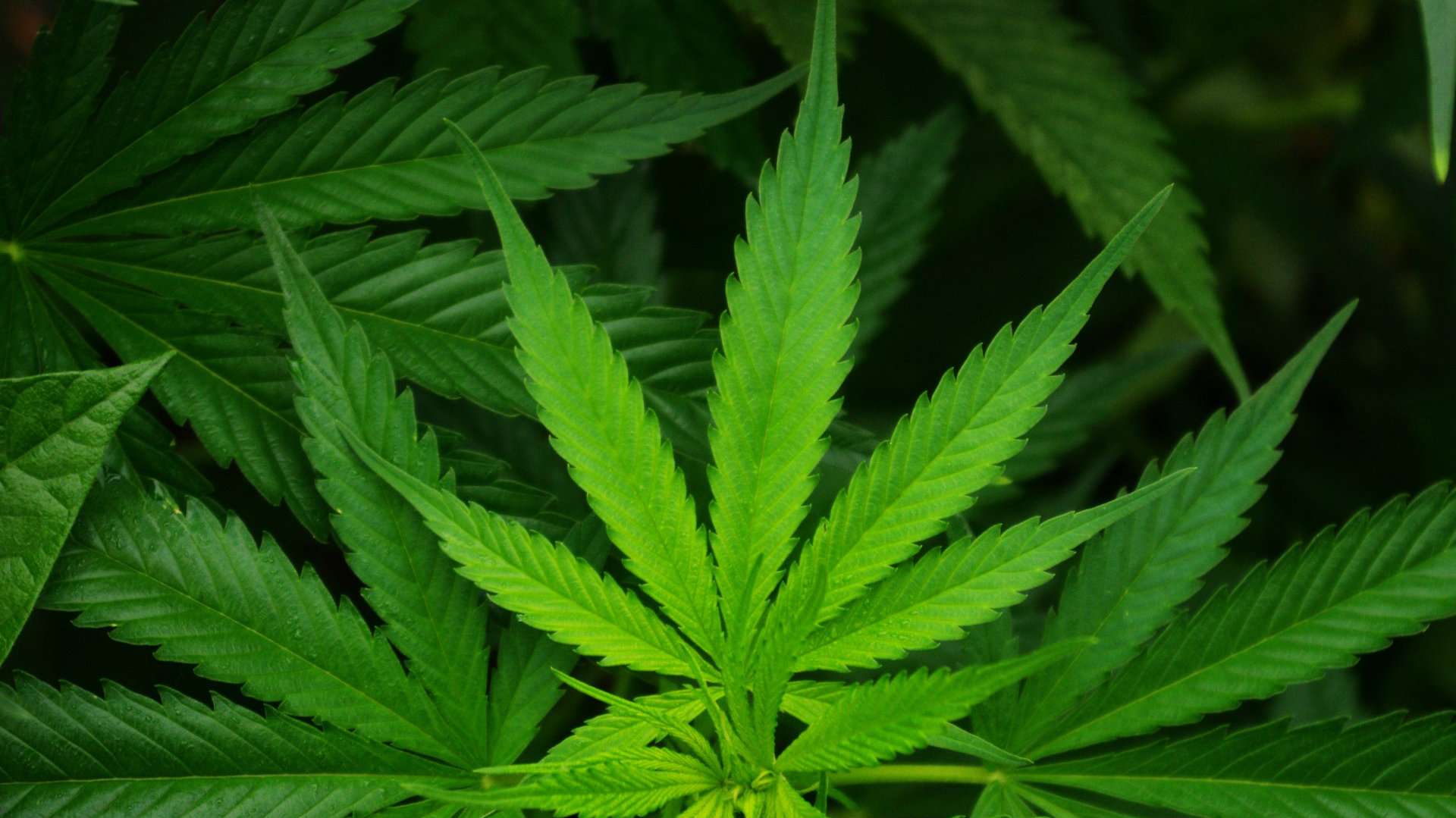Aurora Cannabis Inc. (TSX:ACB) announced its second-quarter (Q2 2018) financial results on February 8, reporting strong revenue growth, but the full picture depicts a mixed bag of fortunes, especially considering the unsustainable nature of profitability drivers over the past two quarters.
Reported revenues, at $11.7 million for the quarter, were 201.2%, up from the same quarter the previous year, and 41.8% higher than the $8.25 million reported for the previous quarter, buoyed by a strong 101% sequential revenue growth from Germany exports.
Also contributing to the stellar top-line growth was a 23.9% increase in Canada dried cannabis sales as well as the introduction of a new “other revenue” segment from recently acquired businesses and the consolidation of Hempco Food and Fiber Inc. operations into the fold.
There were some other improvements.
Notable improvements
The gross margin on internally produced cannabis improved from 67.6% in the previous quarter to 73.8%, while cash costs to produce a gram of cannabis declined 24.60% sequentially to $1.41. Cash cost of sales per gram are expected to decline further with increased automation and scale after new Aurora Sky and Denmark facilities come online later during the year.
Patient growth remained strong, recording 12.6% sequential growth in active registered patients to 21,718 by December 31, 2017. Aurora has 23,000 active registered patients now, and the combined firm, after a takeover of CanniMed Therapeutics Inc. may have more than 43,000 active patients — significantly high enough to challenge market leaders Canopy Growth Corp. and MedReleaf Corp. to local market share dominance.
Most noteworthy, there’s a big improvement in client book quality after a rapid decline in the proportion of patients taking up the compassionate pricing discount from 48% in the previous quarter to a 28% during the quarter. Higher average revenues can be expected per patient going forward if the discount uptake remains this low.
Small let-downs
The cannabis oil sales growth rate slowed to 4.79% during the quarter, down from 79% seen in the prior quarter. Cannabis oil sales fetch higher margins than dried marijuana.
Further, new “other revenue” sources generated operating losses of $1.57 million from sales of $1.05 million. While it’s too early to conclude that the new ventures are loss leaders, investors should closely watch how this segment performs going forward and whether it will add anything significant to the bottom line besides revenue diversification.
The bigger worries
Aurora continued to lose more money from its core operating activities.
Quarterly operating expenses ballooned by a wide margin from previous readings, dwarfing revenue growth. General and administration expenses grew 152% sequentially, sales and marketing expenses were 40% higher than the previous quarter, while share-based payments shot up 200% from the previous quarter to a massive $7.46 million; that’s probably due to the strong share price growth from November until end of the year.
Aurora technically doubled its net income from $3.56 million during the previous quarter to $7.19 million last quarter, yet operating losses were a massive $16 million from sales of $11.7 million for the quarter. Net profit figures for the last six months were significantly influenced by unreliable unrealized gains from Aurora’s investment portfolio. Since Aurora is not an investment asset management firm, investors will be happy to see significant improvements in core operating results going forward.
Furthermore, there is a growing business integration risk after a massive acquisition spree last year. Management may be overwhelmed by the huge task of efficiently combining the acquired assets into a synergistic single operation. However, recent high-level staff appointments may deliver desired execution.
That said, Aurora faces a growing finance bill, as the newly issued $200 million, 5% convertible debenture offering will require about $5 million each in bi-annual interest payments for two years.
The new interest charge could translate to $2.5 million per quarter, or 21.4% of last quarter’s revenues!
Such operating leverage seems too high for a loss-making business.
Investor takeaway
Aurora is generating the desired revenue growth, and the youthful zest of this promising marijuana star could cement its place among the world leaders in the cannabis space.
That said, the stock remains a speculative buy. Aurora is yet to show significant signs of sustainable profitability. Sector-wide valuations are still severely stretched, even after recent market corrections, and there is room for further declines. As previously discussed, investors should monitor risk exposure to the sector by managing portfolio position sizes.








